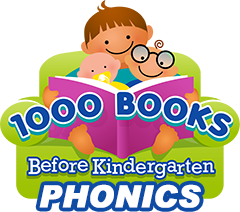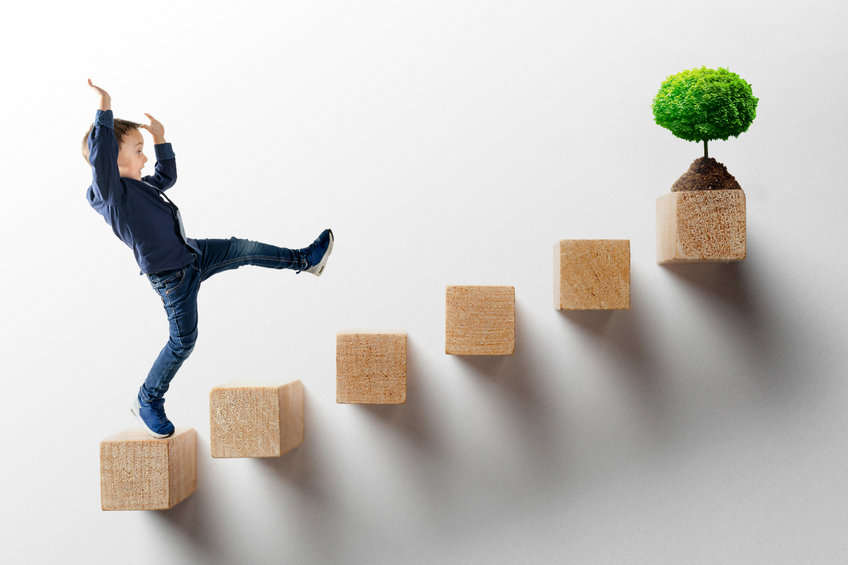The United States Department of Education puts out extensive materials on various milestones to helping your child become a reader. Every step your child takes toward learning to read leads to another. The US Department of Education recognizes that over their first 6 years, most children are able to complete these tasks. The 1000 Books Foundation has broken down the milestones by age. The age brackets are simply recommendations, please keep in mind that all children develop at different speeds. Children can tackle these steps in sequentially and many times will be able to do multiple steps at the same time.
NewBorn-2 Years Old
- Talk and listen.
- Listen to stories read aloud.
- Pretend to read.
- Learn how to handle books.
If you may remember, one of the first “tests” that your newborn undergoes is a hearing test. The ability to hear is an important sensory skill that helps your child’s brain develop the ability to talk and later to read and write. The U.S. Department of Education continues to emphasize that babies learn much more from the sights and sounds around them than we thought previously. You can help your baby by taking advantage of her hunger to learn. You can help by actively talking and having your child listen to you daily. Research has consistently found that reading aloud with your child is the best way to prepare a child to learn to read. If you have not already started the 1000 Books Before Kindergarten early literacy challenge, now is the time to do so!
Between the ages of Newborn to 2, your child will also be actively mimicking what she sees, which included pretending to read. While your child is pretending to read, make sure to teach her the proper handling of books. It is also very useful to teach your child the parts of a book.
2-3 Years Old
- Learn about print and how it works.
- Identify letters by name and shape.
- Identify separate sounds in spoken language.
- Write with scribbles and drawing.
Your young infant has become more curious about the world around her. Between the ages of 2-3, it is also a great time to introduce her to the letters of the alphabet and the shape of the letters. Phonemic awareness is also greatly expanding at this age.
3-6 Years Old
- Connect single letters with the sounds they make.
- Connect what they already know to what they hear read.
- Predict what comes next in stories and poems.
- Connect combinations of letters with sounds.
- Recognize simple words in print.
- Sum up what a story is about.
- Write individual letters of the alphabet.
- Write words.
- Write simple sentences.
- Write to communicate.
- Read simple books.
When your child is between 3-6 years old, she will begin to display her own personality and independence. Now is not the time to give up on her pathway to learning and reading. Guide your child on the proper stroke order of letters using the FREE 1000 Books Before Kindergarten ABC Writing App available on iTunes and in Google Play. Start a systemic phonic program, such as the 1000 Books Before Kindergarten Complete Phonics Program.

